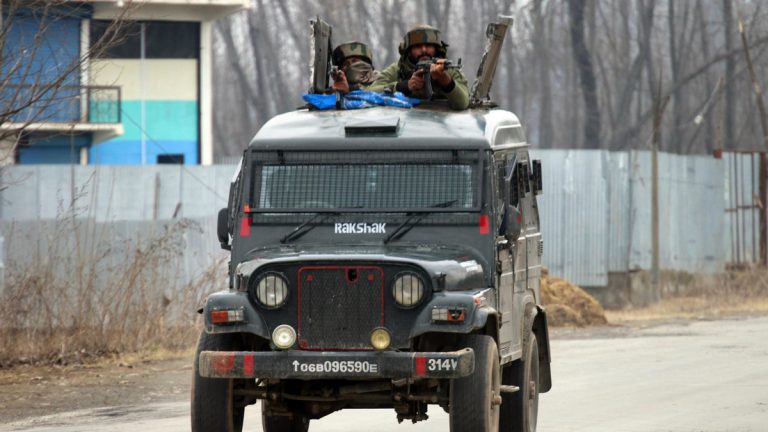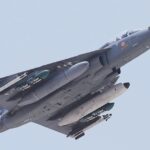
SOURCE: THE PRINT
It is not bullets but explosives or fragmentation devices that contribute to the maximum number of injuries among soldiers involved in counter-insurgency operations, especially in Jammu and Kashmir, a study conducted by Army doctors has revealed. Published in the latest issue of the Journal of Marine Medicine, the study on limb injuries shows that 80 per cent of such injuries, between 2014 and 2019, were due to explosions caused by artillery shells and anti-personnel landmines (APLM).
“From January 2014 to December 2019, we received 272 casualties, of which 166 (61.02 per cent) were with limb injuries”, said the study, Limb Injuries in Combat Trauma, compiled by Colonel Sanjay Maurya, Lt Colonel Vipin V. Nair, Colonel Onkar Singh and Lt Colonel S.K. Singh.
The analysis, however, is based only on 166 cases of injuries and not the fatal casualties. It is also from one tertiary care centre, which is likely to be the Command Hospital, Udhampur, in Jammu and Kashmir as the study has focussed on the western sector.
“Seventy-three (43.9 per cent) casualties had isolated upper limb injuries, 71 (42.77 per cent) had isolated lower limb injuries, and 22 (13.2 per cent) casualties had concomitant injuries,” the study said. “A total of 112 (67.4 per cent) injuries were caused by explosives or fragmentation devices, whereas 54 (32.5 per cent) were caused by bullets.”
It added that in most wars, fragmentation devices account for the majority of injuries. Fragmentation devices include IEDs, rocket-propelled grenades, mortar fire, APLM, and artillery shells.
Artillery shells, landmines the worst offenders
The study also found that of the 112 injured, most had been hit by artillery shells or affected by landmines (APLMs). “When we specified the explosive device, it was found that 80 per cent of these were caused by artillery shells and APLM,” the study said. “This high incidence is due to continuing hostilities across the Western border, where artillery shelling by the hostile nation is a constant feature.
“The movement of troops in the region of APLM during CI Ops also contributed to such high figures of landmine injuries. These findings can have implications for its administrative and logistic support for the military commanders,” the study added.
The study also underlined the importance of wearing body armour — bullet-proof jackets and helmets — which it said had improved the survivability of soldiers and the reason why 60 to 70 per cent of all injuries were recorded to hands and limbs.
The study itself is unique because it has for the first time evaluated limb injuries in a combat zone. It also demonstrates the grade of injuries, hospitalisation time, number of surgeries, and their correlation in the ongoing military operations by the Indian Armed Forces.
This study will be helpful for the Army commanders because it can form a basis of logistic and administrative support in providing quality combat trauma care and also focus on preventive aspects.
https://defencenewsofindia.com/not-bullets-but-explosives-cause-maximum-injuries-to-army-personnel-study/






